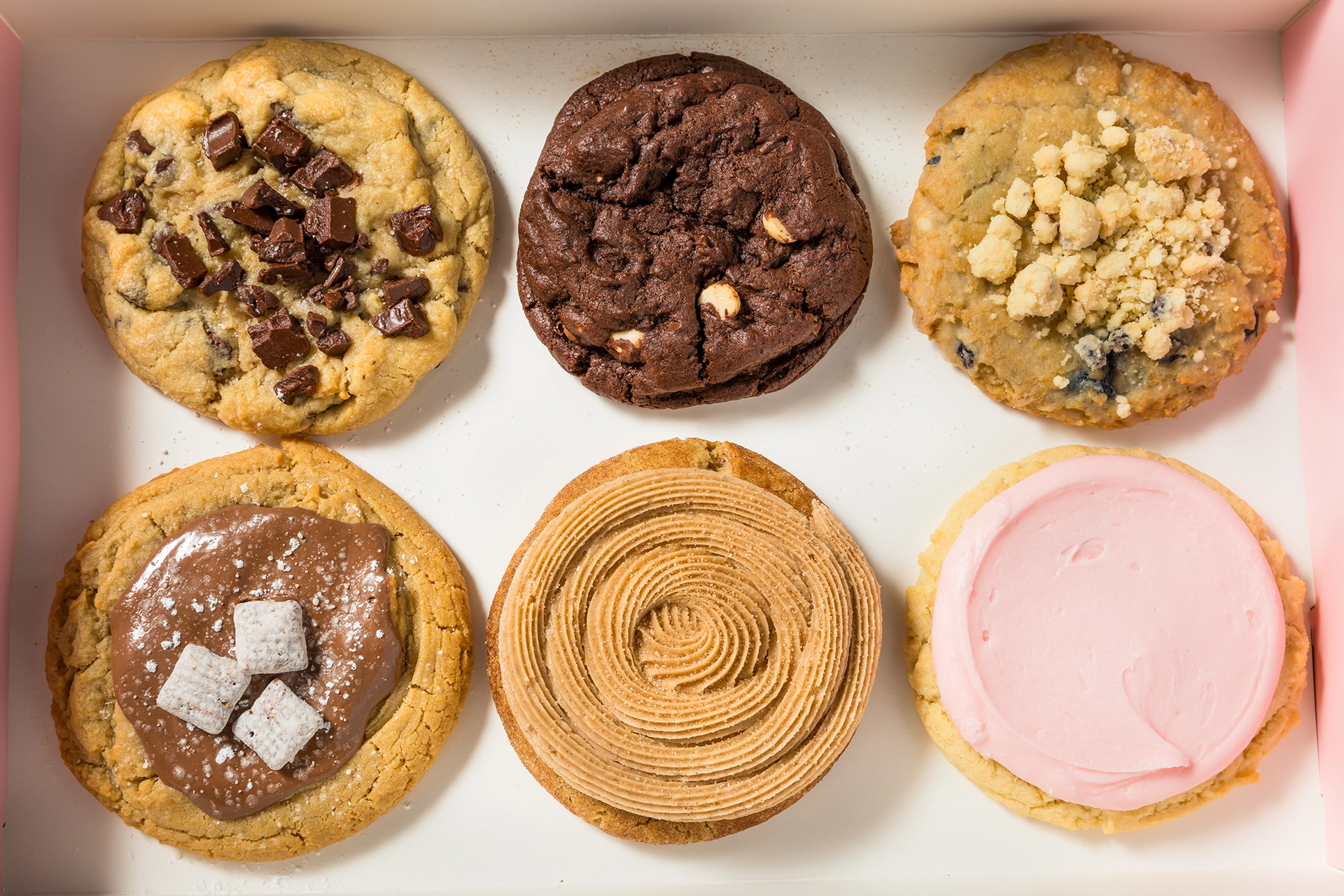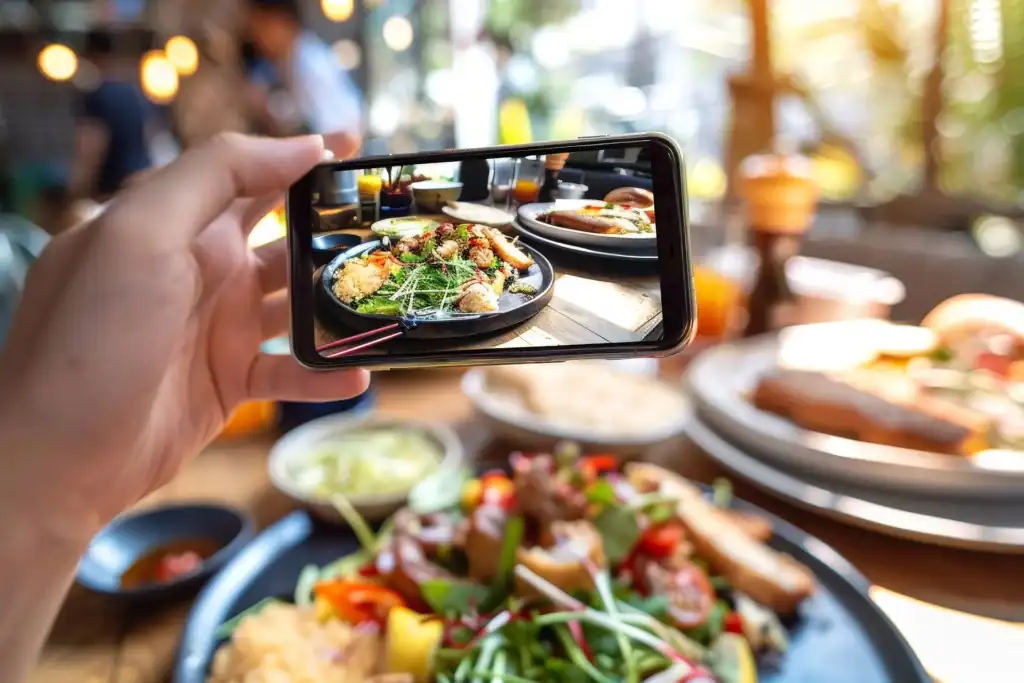Crumbl cookies and desserts have erupted across the country over the past few years. The company has not invented or introduced anything new with its products or offerings. Crumbl produces cookies – one of the simplest desserts that anyone can make. And there are plenty of other bakeries and dessert shops across the country. So, what kind of success has Crumbl experienced?
CRUMBL’S SUCCESS
In 2017, Crumbl’s founders, Jason McGowan and Sawyer Hemsley, started the company with no background in baking or food science. Recently celebrating seven years since its founding, Crumbl now has about 1000 locations across the US, looking to expand into international markets as well.
For context, Insomnia Cookies has built about 250 stores since its establishment in 2003, Great American Cookies with 400 since 1977, and Mrs. Fields with 130 since 1977. In just seven years, Crumbl has more locations than all three of these competitors combined.
Additionally, Crumbl has done well across social media, amassing over 9 million followers on TikTok and almost 6 million followers on Instagram. Its competitors fall short of a million followers, even when adding together the total follower count of all three competitors. So, how has Crumbl managed to build this empire in a saturated market in just a matter of seven years?
Its business model.
BRILLIANT BUSINESS MODEL
Crumbl has built an extraordinary business model that has almost guaranteed customer attraction and retention, leading to the exponential growth of the company. Crumbl pulled cues from the fashion industry by releasing new lineups of treats every week, constantly bringing excitement to consumers. No two weeks are ever the same. With Crumbl’s expansion into other desserts like cakes and brownies, the company now has over 200 varieties of treats it has developed, if not mastered.
Every Sunday, Crumbl drops its lineup of six treats, including new and existing flavors, for the coming week. This novelty keeps customers coming back to taste the latest flavors on a weekly basis. Since Crumbl has managed to create such a successful social media presence, people talk about the newest treats on social media without Crumbl paying any influencers. This buzz creates a FOMO culture for consumers, convincing others to try the desserts for themselves.
The constrained variety of six desserts that are only available for one week provides a sense of scarcity, leading consumers to think that they may never have the opportunity to taste that lineup of treats if they don’t purchase them now. No one knows whether a certain flavor will be brought back in the future, so the opportunity may cease to exist after that week.
Crumbl’s growth structure deserves attention as well. Instead of marketing its franchises, Crumbl lets franchisees research and reach out on their own. This process filters out weak candidates and attracts passionate franchisees, driving Crumbl’s rapid expansion and store success.
VIGOR’S VIEW
Crumbl has created a very strong business model that has consistently stayed top-of-mind for consumers, leading to unprecedented growth. The low margin of error of making cookies and other desserts, the novelty and constrained variety of weekly drops, and the growth structure are all viable characteristics of Crumbl’s business model that can be implemented in other industries.
Take a look at your current business model. Are you missing that novelty and excitement that keeps current customers coming back and new customers eager to stop by? Has your business been stuck in the same cycle? Or has there been visible growth and development?
Get a fresh perspective. Maybe your restaurant or bar could use some new designing or brand imaging.
Be honest with yourself. Has it lived up to your expectations?


